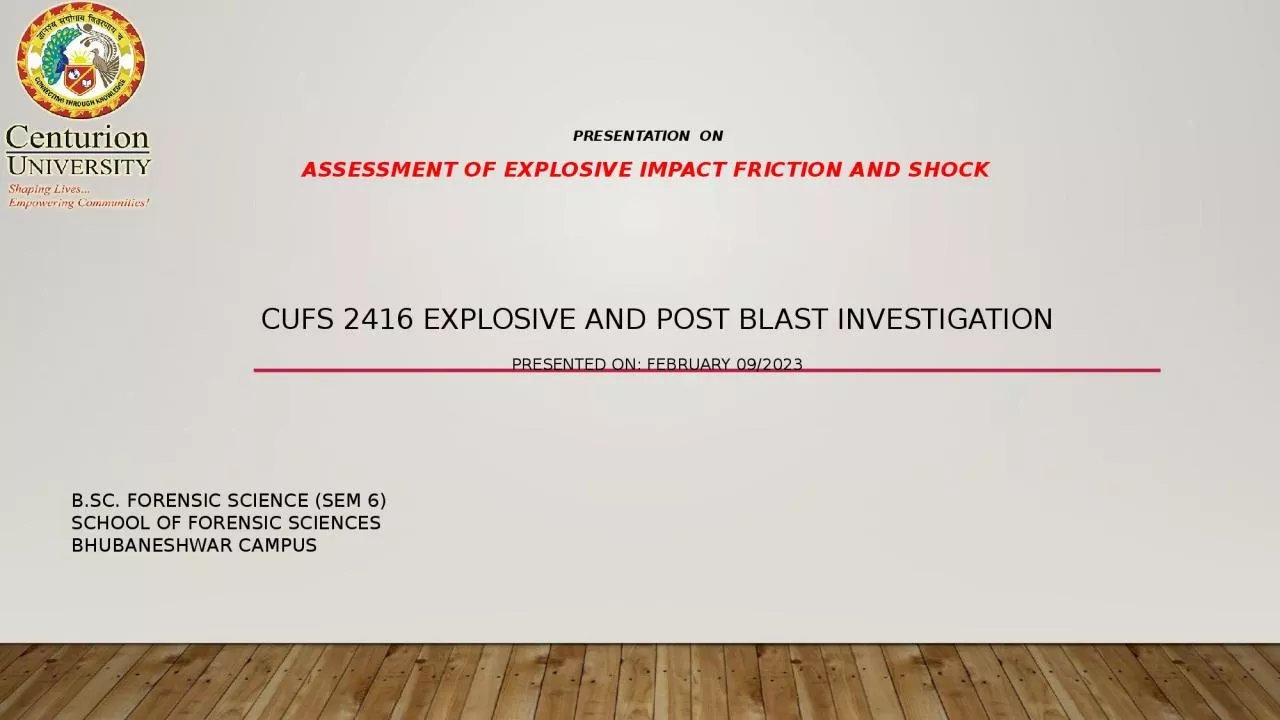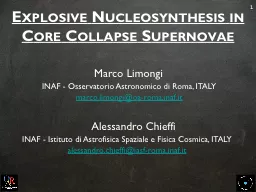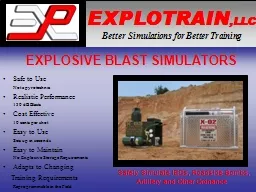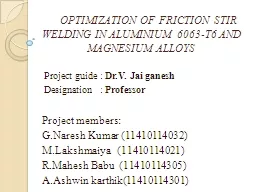PPT-PRESENTATION ON Assessment of explosive Impact friction and shock
Author : walsh | Published Date : 2024-01-03
CUFS 2416 EXPLOSIVE AND POST BLAST INVESTIGATION Presented on February 09 2023 BSc Forensic Science Sem 6 School of Forensic Sciences Bhubaneshwar
Presentation Embed Code
Download Presentation
Download Presentation The PPT/PDF document "PRESENTATION ON Assessment of explosive..." is the property of its rightful owner. Permission is granted to download and print the materials on this website for personal, non-commercial use only, and to display it on your personal computer provided you do not modify the materials and that you retain all copyright notices contained in the materials. By downloading content from our website, you accept the terms of this agreement.
PRESENTATION ON Assessment of explosive Impact friction and shock: Transcript
Download Rules Of Document
"PRESENTATION ON Assessment of explosive Impact friction and shock"The content belongs to its owner. You may download and print it for personal use, without modification, and keep all copyright notices. By downloading, you agree to these terms.
Related Documents














